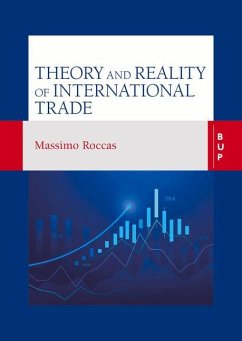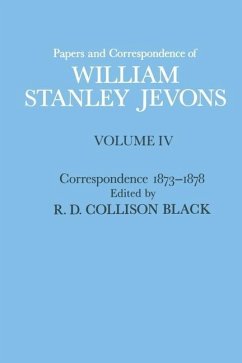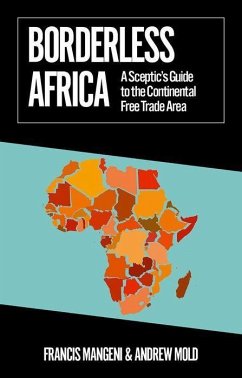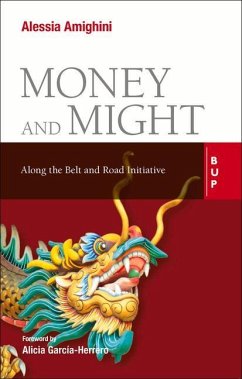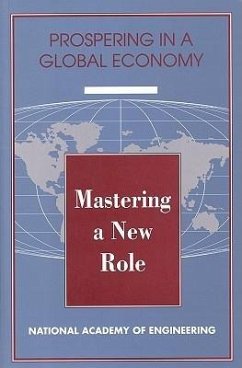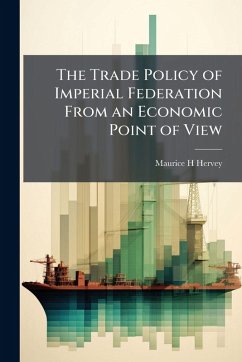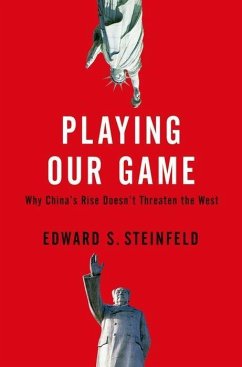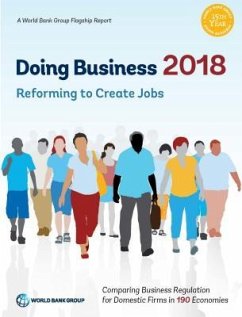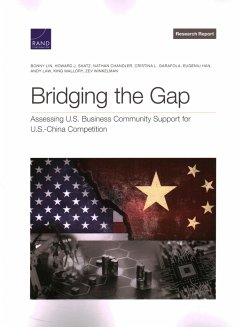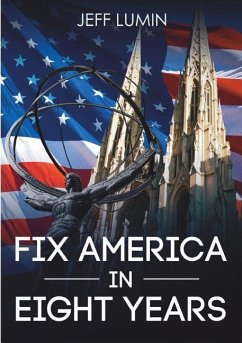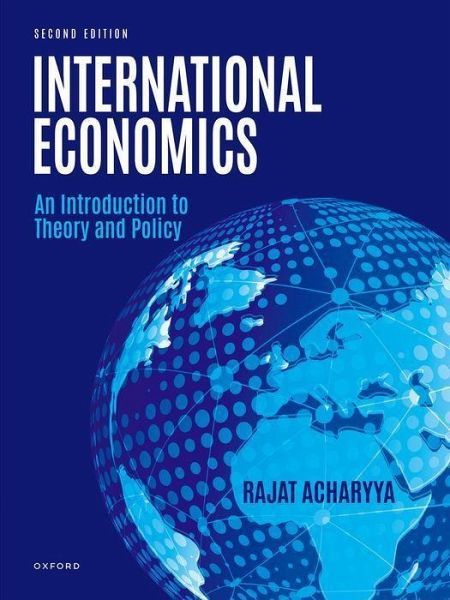
International Economics
An Introduction to Theory and Policy
Versandkostenfrei!
Versandfertig in 1-2 Wochen
155,99 €
inkl. MwSt.
Weitere Ausgaben:

PAYBACK Punkte
78 °P sammeln!
Complementing trade theories with relevant trade empirics, this book covers three aspects of the study of International Economics: pure theory of trade, trade policy, and theory of Balance of Payments (BoP) and exchange rate. In the first part, it discusses the basic principles of international trade between dissimilar countries as well as between similar countries, and implications thereof in terms of welfare, income distribution, and growth. The approach taken here is distinctly different from that in most of the existing textbooks on international economics. Instead of model-specific discus...
Complementing trade theories with relevant trade empirics, this book covers three aspects of the study of International Economics: pure theory of trade, trade policy, and theory of Balance of Payments (BoP) and exchange rate. In the first part, it discusses the basic principles of international trade between dissimilar countries as well as between similar countries, and implications thereof in terms of welfare, income distribution, and growth. The approach taken here is distinctly different from that in most of the existing textbooks on international economics. Instead of model-specific discussions of the basic issues, it discusses the basic principles governing trade, gains from trade, and characteristics of international equilibrium in the context of a general trading environment of open economies. Subsequently, specific models of trade are introduced as alternative theoretical explanations for the basic principles of trade. In the second part, a wide range of policy issues are analysed including unilateral trade restrictions and promotions; reciprocatory trade policy choices through regionalism; product standards that regulate trade between developed and developing countries; and implications of capital inflow, FDI, fragmentation, and global value chains. In the third part, the book discusses different currency and exchange rate regimes and their implications for a country's balance of payments and foreign exchange reserves. Drawing upon the basic theories, it studies expenditure-reducing and expenditure-switching policies to correct for BoP imbalances under a pegged exchange rate regime. Finally, some reflections on the choice of exchange rate regime and optimum currency area wind up discussions of monetary issues in international economics.





